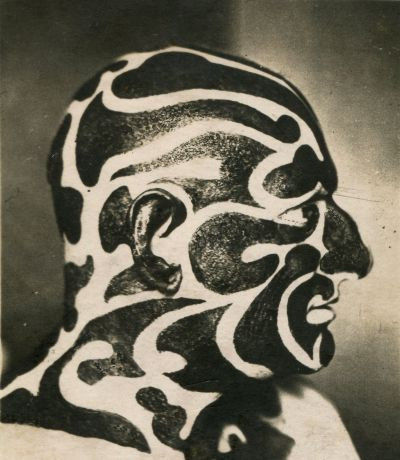Tattoos Among Royalty and High Society: A Historical Perspective
- thebluebloodstudios

- Apr 22
- 3 min read
Updated: Apr 23
Throughout history, tattoos have often been associated with rebellion, subculture, and the fringes of society; however, several instances reveal that royalty and high society figures have also participated in this ancient art form. The motivations behind their tattoos, the choice of designs, and the social implications surrounding them provide a fascinating insight into the interplay between power, identity, and body art.

Tattoos in Ancient Royalty
In ancient civilizations, tattoos were not uncommon among rulers and nobility. For instance, in Egypt, pharaohs and elite members frequently adorned their bodies with tattoos that signified their divine status. These designs often included sacred symbols, depicting deities and representing protection and leadership. Historians believe that the tattoos were applied by skilled artists laboring in the courts, blending artistry with ritual significance.
The Japanese Tradition: The Ukyo-e Influence
Fast forward to Japan, where tattoos evolved quite differently. During the Edo period, tattoos were often linked to lower classes but were embraced by some members of the samurai class as symbols of bravery and strength. High-ranking officials and warriors tattooed their bodies with intricate designs reflecting their dedication to the samurai code. However, as tattooing became associated with the criminal underworld, many samurai hid their tattoos beneath clothing, leading to a culture where tattoos were revered yet concealed.
European Royalty and Tattoos
In the 18th century, tattoos began to emerge in European high society, influenced by explorers who returned from voyages to Polynesia and other regions where tattoos were commonplace. Some members of the British royal family, including King James IV of Scotland, were documented as having tattoos. Such markings were often symbols of national pride or personal significance. However, due to the stigma attached to tattooing, many royals opted to conceal their ink beneath formal attire, reflecting the duality of status and personal expression.
Adding to this intriguing history is King Frederik IX of Denmark (1947-1972). While publicly known as "The Sailor King," Frederik IX also possessed several tattoos, a fact that remained largely private until a leaked photograph appeared in LIFE Magazine in 1951. This unexpected glimpse into the personal life of a monarch known for his naval career offered a fascinating contrast to the traditional image of European royalty.
Meanings Behind the Ink
For royalty, tattoos often served as personal emblems or representations of their beliefs and values. There is a persistent rumor, though not definitively proven, that Queen Victoria possessed a tattoo of a tiger fighting an eagle, possibly symbolizing power and the strength of the British Empire. Others would have designs reflecting family crests or significant historical events. Such tattoos were often not publicized and were reserved for private appreciation or personal meaning.
The Tattooists Behind the Crown
Tattooing in high society was often performed by skilled artisans who were familiar with both the artistic and the cultural significance of the designs. Much like in any other artistic profession, the tattooists were periodically invited to the courts, maintaining discretion while delivering their craft. The relationships between tattooists and their royal clients often blurred the lines between artist and confidant.
Stigma and Acceptance
While some royals embraced tattoos openly, many chose to keep them hidden due to concerns about public perception. The association of tattoos with lower social classes and criminals led to a stigma that persisted well into modern times. As the world moved into the 20th century, imperial images began to fade, and tattoos became symbols of rebellion, especially among the youth.
Conclusion: A Complex Legacy
The relationship between royalty, high society figures, and tattoos reveals a complex legacy that intertwines personal expression with societal expectations. While many high-status individuals may have chosen to hide their tattoos, the meanings behind them often conveyed deep personal beliefs and allegiances. Today, as tattoos gain mainstream acceptance, the history of royal and elite body art continues to resonate, providing a stunning contrast to the subculture associations that originally surrounded the practice.
Understanding these nuances enriches our contemporary discussions about body art and its evolving social significance, reminding us that tattoos transcend mere fashion; they embody stories, identities, and histories that deserve to be told.






Comments